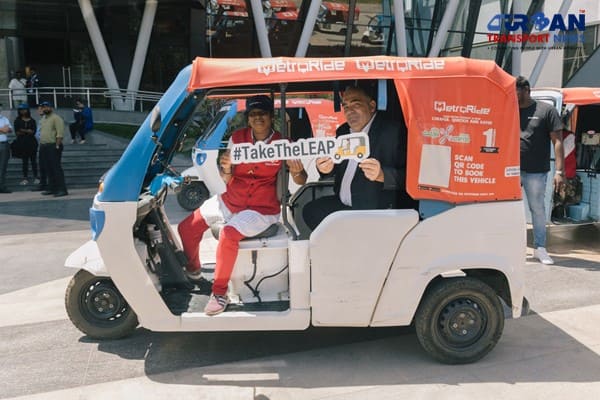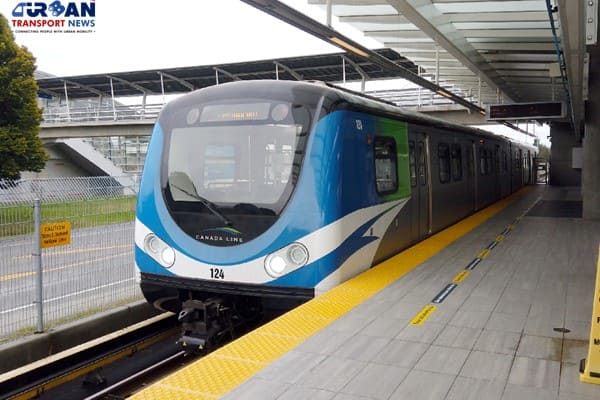 California commences construction on $12bn Los Angeles - Vegas High Speed Rail Project
California commences construction on $12bn Los Angeles - Vegas High Speed Rail Project Kochi Water Metro floats tender to procure 15 more electric-hybrid ferries
Kochi Water Metro floats tender to procure 15 more electric-hybrid ferries Siemens Mobility-Hassan Allam Construction JV Sign Contract for UAE – Oman Railway Link
Siemens Mobility-Hassan Allam Construction JV Sign Contract for UAE – Oman Railway Link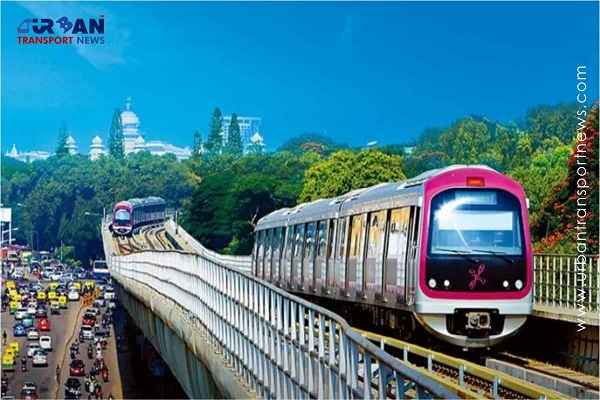 What is better public transport option for Bengaluru - RRTS or Metro Expansion?
What is better public transport option for Bengaluru - RRTS or Metro Expansion?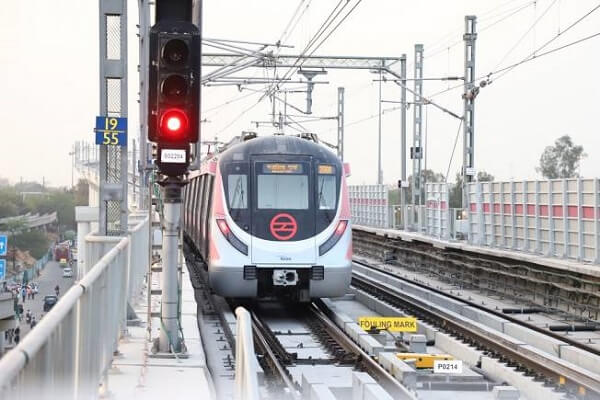 Behind Closed Doors: Corruption Uncovered in Delhi Metro's Top Management
Behind Closed Doors: Corruption Uncovered in Delhi Metro's Top Management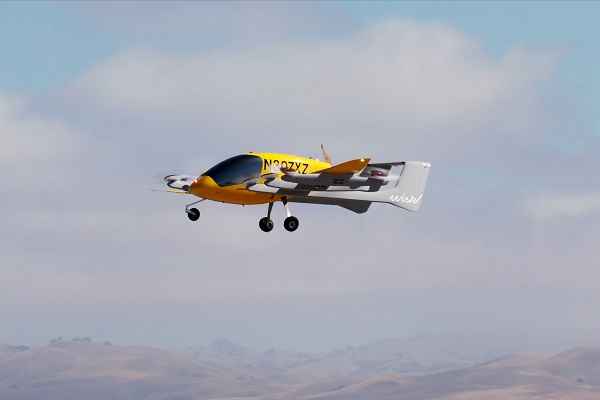 IndiGo to launch Urban Electric Air Taxis between Delhi to Gurugram
IndiGo to launch Urban Electric Air Taxis between Delhi to Gurugram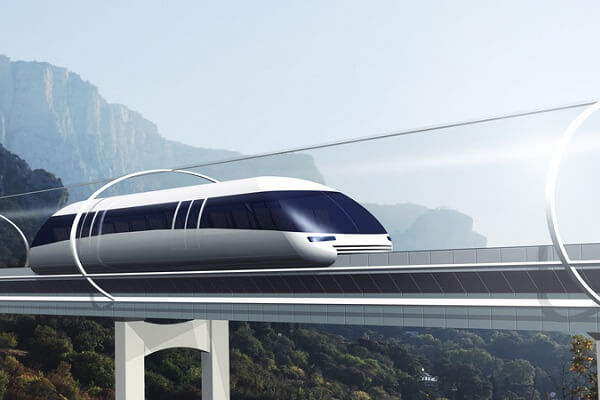 Swisspod secures Strategic Investment to advance the Hyperloop Transportation
Swisspod secures Strategic Investment to advance the Hyperloop Transportation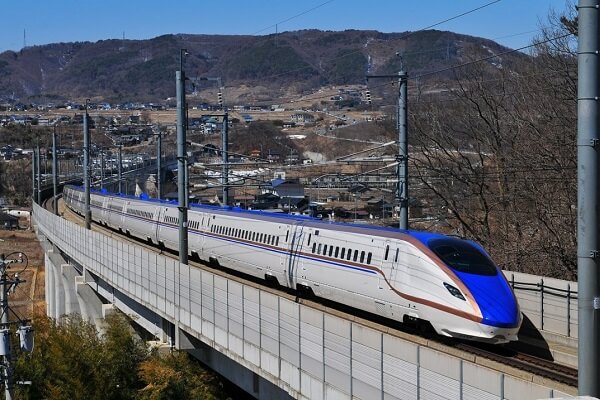 Siemens Mobility revolutionizes Copenhagen's S-bane Network with Driverless Technology
Siemens Mobility revolutionizes Copenhagen's S-bane Network with Driverless Technology Unlocking prosperity between India and Myanmar: The Kaladan Multi-Modal Transit Project
Unlocking prosperity between India and Myanmar: The Kaladan Multi-Modal Transit Project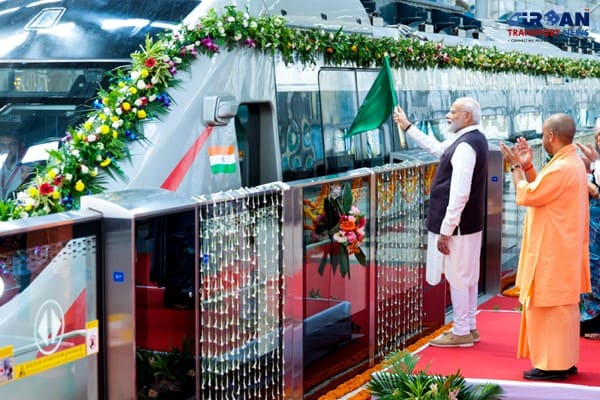 Is the RRTS Truly Accessible to the Common Man or Only the Privileged?
Is the RRTS Truly Accessible to the Common Man or Only the Privileged?
India needs to integrate paratransit to address urban transport concerns
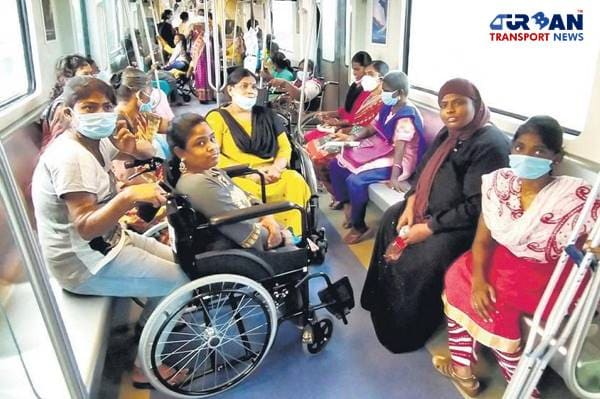
The landscape of urban transportation in India is rapidly evolving, driven by the dynamics of increasing urbanization and the surge in transportation demands. While government initiatives aim to address these challenges, the gap between transport planning and execution persists due to insufficient capital investments and infrastructural deficits. Consequently, while major cities enjoy extensive public transport systems, smaller cities and towns often struggle with limited or non-existent options.
In this scenario, paratransit, also known as Intermediate Public Transport (IPT), has emerged as a critical component of urban mobility in India. Privately owned and informally operated, paratransit services provide shared mobility facilitated by three-wheeled auto-rickshaws, accommodating three to six passengers per vehicle. Moreover, with the advent of app-based solutions like Ola and Uber, the landscape of paratransit has expanded, offering point-to-point and shuttle services through aggregated vehicles, including motorcycles, taxis, three-wheelers, and two-wheelers.
The prevalence of paratransit vehicles in India, including light motor vehicles (LMVs), taxis, and two-wheelers for hire, underscores their significant role in urban transportation. LMVs, accounting for 26 percent of registered vehicles in 2019, primarily consist of three-seaters and four-to-six-seaters. Additionally, registered taxis complement paratransit services, with companies like Ola, Uber, Meru, BluSmart, and Quick Ride offering shared and rental cab services across numerous cities.
Despite their widespread usage, paratransit services face various challenges, impacting stakeholders such as users, operators, and the government. Auto-rickshaw drivers encounter issues like internal competition, low earnings, high maintenance costs, and environmental exposure. Shared mobility providers, on the other hand, grapple with operational deficits, regulatory uncertainties, infrastructure deficiencies, and societal preferences for private transportation.
The government, as a key stakeholder, navigates concerns surrounding paratransit services, including competition with formal transit systems, traffic congestion, and air pollution. Addressing these challenges necessitates a comprehensive policy and regulatory framework to govern paratransit services effectively. However, existing policies often overlook the needs of drivers and lack coordination among governmental bodies and stakeholders.
Policy interventions must focus on integrating paratransit systems with formal transit networks to enhance urban mobility. Initiatives like the National Urban Transport Policy emphasize multimodal transport integration but fall short in providing strategies for paratransit integration. Creating institutional frameworks like Public Transport Authorities (PTAs) can streamline governance and regulation across diverse mobility modes, ensuring accountability and efficiency.
Furthermore, regulations for shared mobility solutions should be revised to view them as complements rather than competitors to auto-rickshaw services. Models like ‘Mobility as a Service (MaaS)’ offer promising avenues for integrating new mobility solutions with existing public transit networks, as demonstrated in cities like Vienna and Helsinki.
In conclusion, unlocking the full potential of paratransit services requires concerted efforts from all stakeholders, backed by robust policies, infrastructure development, and regulatory reforms. By addressing challenges and fostering integration, India can achieve sustainable and efficient urban transportation systems, ensuring seamless mobility for all citizens.






